Hello everyone,
today, we are going to have a look at what an ammo rack explosion can do in real life.
The sad events, described in this article, actually happened on 9.1.1991, when a Soviet army T-72A, stationed in former Czechoslovakia, was ripped apart by an ammo rack explosion, causing the death of no less than 17 soldiers – one of the worst military accidents in Czechoslovak history.
As written above, it happened on one cold January day in 1991 in Bohosudov near Teplice (North Bohemia), where the Soviet 280th Mechanized Infantry Regiment was stationed – the T-72A tank was assigned to it. What allegedly happened (according to the military investigators) was that the day before, because of some sort of electric shortcut, the device, used to pre-warm the fuel before use, started burning. The fire was only minor and neither the automatic fire extinguishing system of the T-72A nor the crew caught it. Oblivious to the danger, they parked the vehicle in the garage, switched the electrics off and left (by which they unfortunately also switched off the fire extinguishing system). In the meanwhile, the fire did spread slowly and the guards noticed the smoke in early morning hours of 9.1.1991. The crew pulled the tank out on open space before the garage and started to fight the fire. Unfortunately, it was freezing and the water, stored for extinguishing, froze and there was only sand left. Despite the efforts of the soldiers to extinguish the fire with the sand, they failed. One smaller explosion rocked the vehicle and a short while later, second major explosion tore it to pieces.
In the explosion the tank was practically annihilated. Shards of armor were found as far as 700 meters from the explosion site. When it exploded, the tank carried 7 rounds of HEAT ammunition, 14 rounds of AP incendiary ammunition and 8 rounds of HE ammunition for the 125mm gun. Furthermore, 2500 7,62mm rounds and 800 12,7mm rounds were on board as well. The explosion itself however was caused by only three of the 125mm rounds exploding within.
At first, the Soviets tried to cover up the entire incident – this was however made impossible because of the extent of damage and the number of witnesses. The story eventually even made it to the main Czech news – and from there, to European newspapers. Soviets only officially confirmed three dead soldiers, but at the same time, they ordered 14 coffins from the local manufacturer, so the Czech investigator and pyrotechnician, Cpt.Bilický (ret.) believed the actual number of dead soldiers was more like 17-20, although some witnesses claim there were as many as 40 dead in the incident. What was confirmed later was that three of the dead were officers. The Soviet unit, involved in the incident, moved out of Czechoslovakia 6 months later.
Photos from the investigation, 12:20 PM (the explosion happened in early morning, hours later, the site was still full of smoke)
The 11 ton turret was ripped off by the explosion and flew fore 75 meters from the site, demolishing nearby garage
The bottom of the tank with the autoloader carousel with shells (only three exploded, more than enough to rip the tank apart)
The site had to be scoured to account for all the unexploded shells. Here, the remains of the tank.
Commander’s copula was ripped off, flew for 142 meters and crashed into the neighbor building
Sources:
http://char.rajce.idnes.cz/Vybuch_sovetskeho_tanku_T72_Bohosudov_9.1.1991_-/
http://www.rozhlas.cz/radiozurnal/reportaze/_zprava/840648

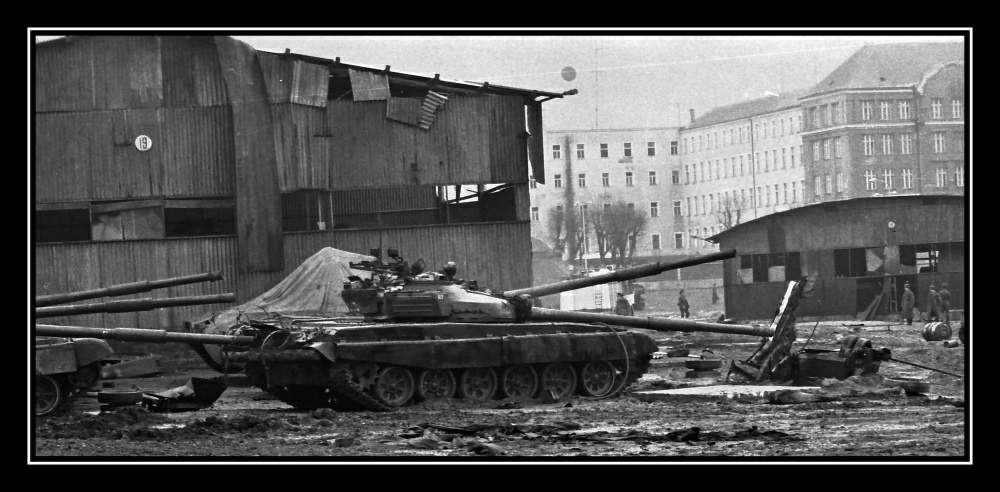
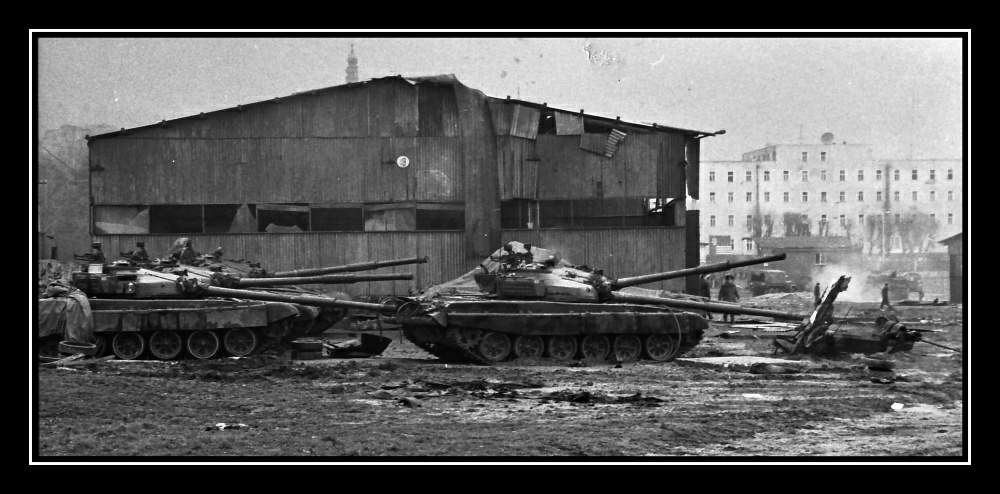
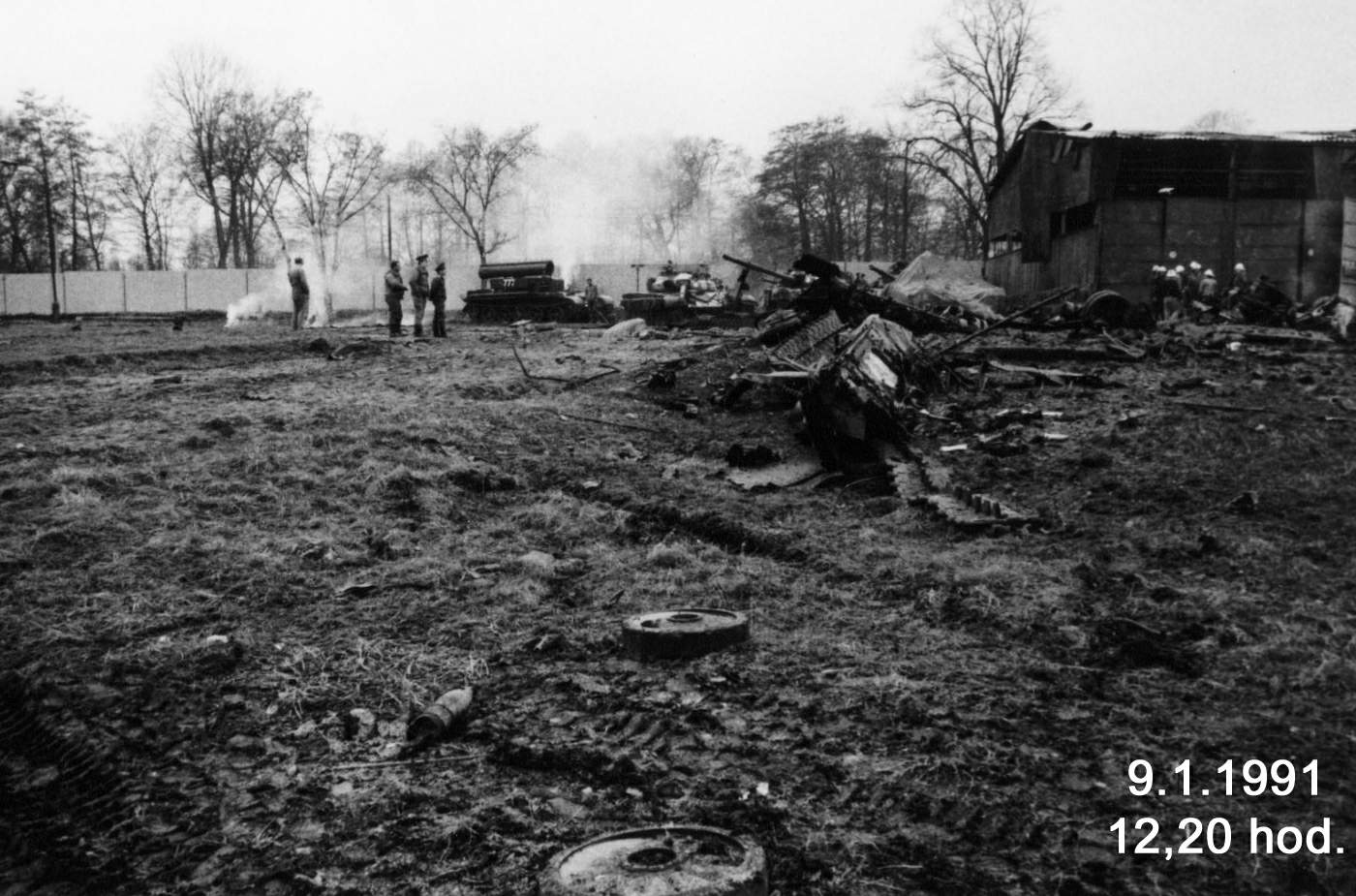
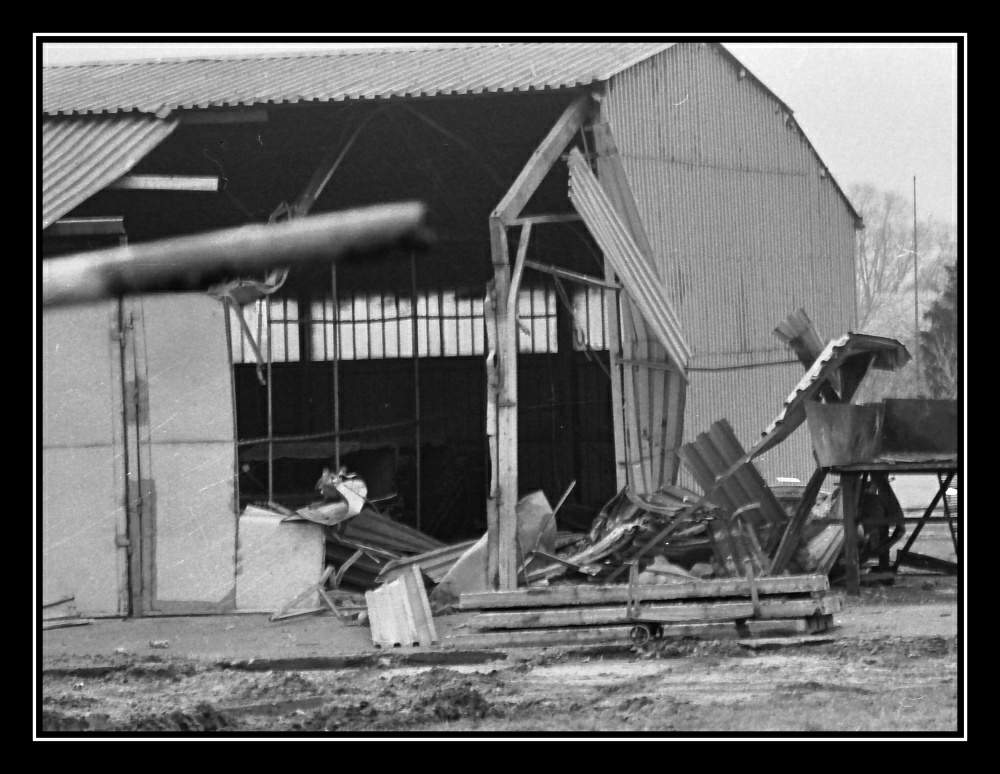
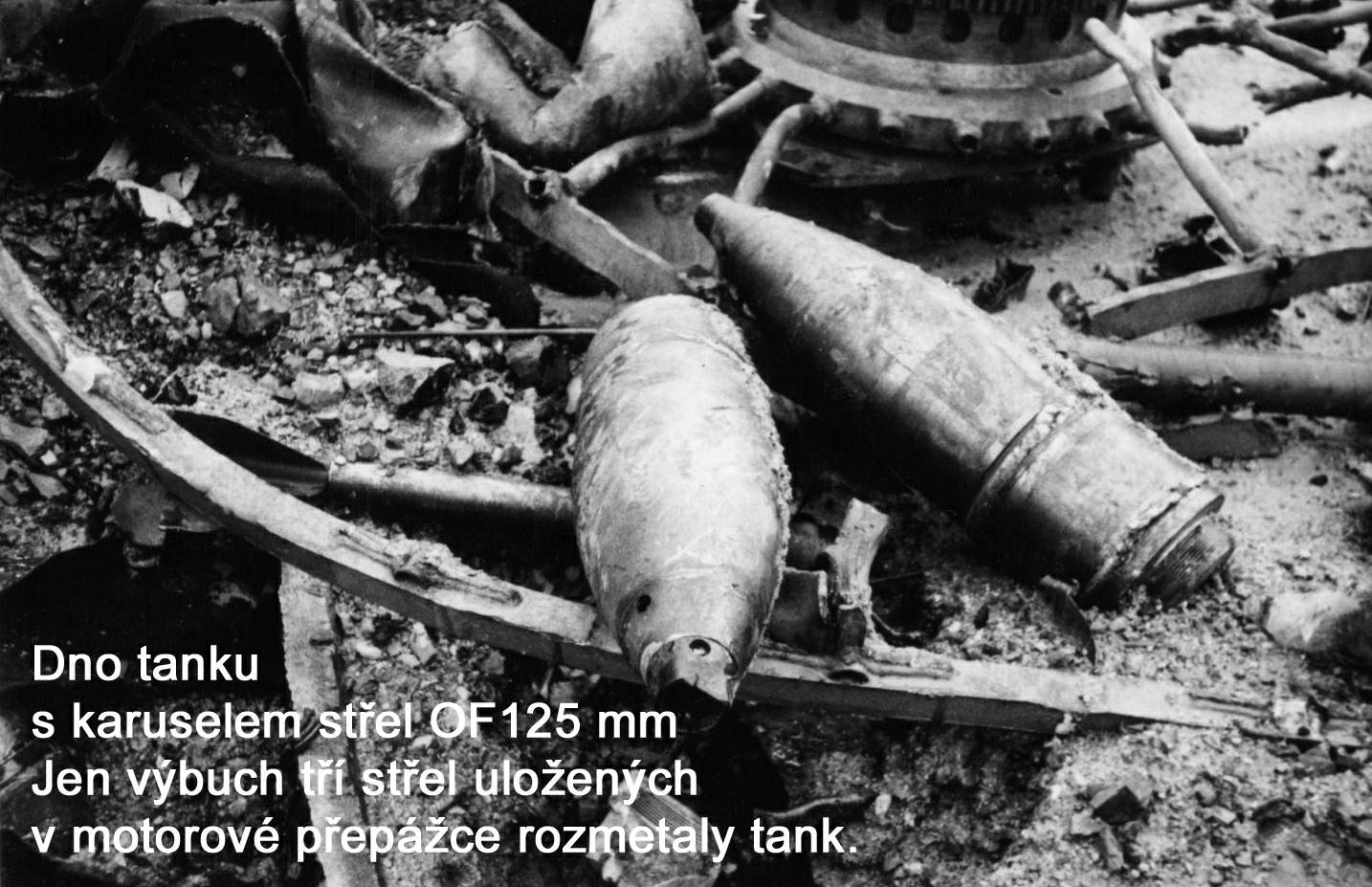

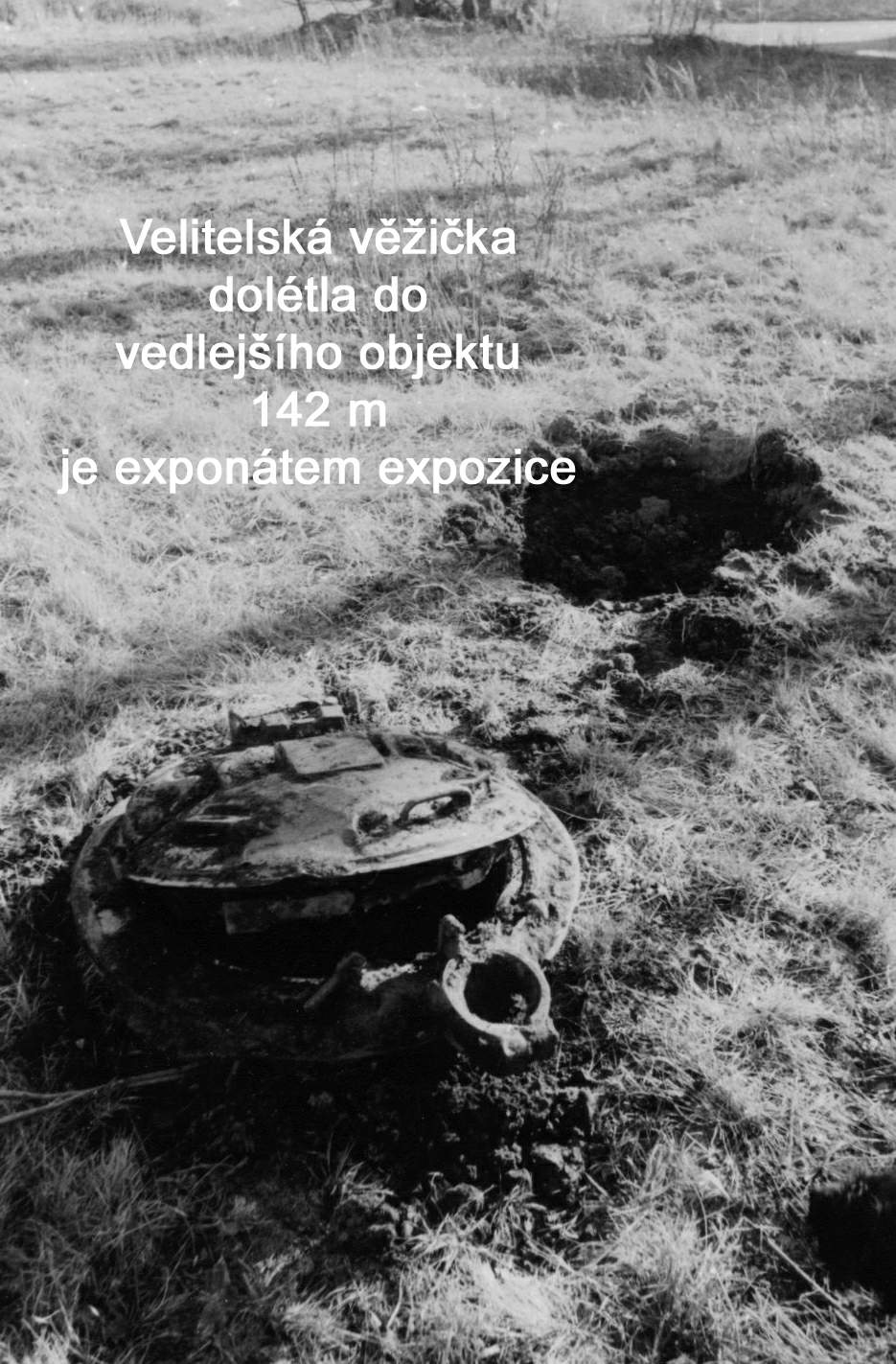
Wonder why Syrian T-72 did not explode so violently as this when the ammunition cooked off.
Maybe the fire extinguisher was active at that time?
Check liveleak.
That T-72 ‘s hatch are open (tank commander try to escape)
so the flame just slip pass hatch and didn’t cause the blast inside the hull.
But the crews that can’t escape in time are all burned alive. Leave only Tank commander that can escape in time run to the cover with 2nd degree burn all over his body.
Actually it was fourth degree, half his body way chared, thats also the reason why he could move.
Every thing past second degree burns is painless (there is nothing left to feel pain with)
After this incident even the RU types would get a wakeup call to improve ammo safety. That is why a cook off is more likely than a catastrophic detonation these days.
Look at this one, it’s a HUGE explosion : http://www.youtube.com/watch?v=UFyXRktIAgo
Well they had to sell the duff ammo and tanks to some one.
It is too much to say if we can expect this in WoT… right? :D
Dude how old are you?
This article is about a serious accident where a lot of people died. IRL!
Da fuck’s your problem? I’m not talking about the soldiers dying, but the tank exploding, not just the turret flying off that we will get ingame.
Never the less… the focus of this article is to show how catastrophic an ammo rack explosion can be, so many dead soldiers… and as usual, the soviets wanted to hide the whole accident. Disgusting.
Ye, I know that. I never said it was a good thing.
And ye, soviets always hide everything just so they dont end up on the negative rep.
Well they reported 3 soldiers (officers). Nice mentality of soviets they reported only ones worth reporting cause everyone knows how they behave with ordinary soldiers ….
Usual procedure.
Russian forces once had an terribe accident as a depot for short range SS missiles in eastern Germany burned down causing the missiles to explode/launch all around.
Even though there were some C-weapons too no civilians suffered serious injuries due to the heroic effort of the russian soldiers. But a LOT of those brave men died.
I still don’t see free premium day reminder. (Sorry for be so rough.)
Bite the pillow, I’m going in dry.
u liek rough eh ? :3
IIRC there was this line in the “Irreversible”:
“Are you wet or are you just bleeding?”
So I guess it won’t stay dry for long. :D
Looking at this, I guess that Maus’ turret flying off a bit is not that unrealistic :D
The thing is that once there’s an explosion , the pressure builds up so quickly and violently that it simply pushes turret out of the turret ring since it’s the weakest point.
Considering that Maus was filled with 12 cm shells and its turret had such a thick armor… it’s more likely it fell off the ring rather than being destroyed.
I strongly doubt the prototypes at the testing range had live ammo onboard. Which didn’t particularly matter anyway since the staff could just put in any old explosives they could scrounge up and scuttle the thing with those.
Anyways, period ammo usually *burned* rather than exploded – though the Soviets apparently used a more volatile propellant, if those photos of some of the more impressively wrecked T-34s I’ve seen are to go by.
Ammuntion explosions are really nasty – one happened in Poland in 1952 – because of a fire in a TNT reactor in a chemical plant there was an explosion that completely obliterated the complex, killed 15 workers and was so strong, that windows blew out in a town 10 km away.
Well usually in these types of factories they are building buildings with possible explosion in mind. So buildings usually go all down cause roof is set lightly on the walls so pressure can go up easily not acumulation inside and rest of the bulding will then go down without serious dmg to area.
Not too long ago, my dad told me about one incident when he was in Żary-Żagań tank unit (early ’80s?). During excersise T-55 was moving to its designated firing position and cought some ground inside the barrel. When it reached the position and fired its gun… The turret was blown off and landed 70-100 meters away. All crew members were killed in an instant, and there was not much to bury. They couldn’t tell which part belonged to who, apart from both feet of the driver – they remained on pedals.
…
How exactly does some sand in the barrel blow up a turret? Please enlighten me.
Friction, tons of sparks and jamming the shell inside a barrel, a blocked shell makes the whole propellant go back to the turret, it might have broke through the breech and a fireball could ignite the rest of the shells making an ammo rack explosion.
I’m just guessing but its possible, dud shells are a very serious hazard both in tanks and hand guns.
Everything ExoNut said.
The shell was stuck inside the barrel. The same pressure that normally would make it fly ~1000 m/s worked the opposite way this time (like directional charges used to brach walls – the explosive is surrounded by – for example – bags filled with water, so most of the pressure goes against the wall). + it could be that APHE/HEAT/HE round was used, so it’s possible that it detonated too.
Screenshot or it didn’t happen! Hah
there are two types of chemical agents in a tank shell:
1. the propelant
2. the actual warhead HEAT and HE, Kinetic projectiles doesn use explosives.
the propelant when ignited creates a gas which pushes the shell out of the barrel and flash ignites when oxigen meets it when the projectile leaves the barrel. aka muzzle flash.
the explosive charge warhead is a detonation which is mostly a bright flash which last a fraction of a second.
in the sirian tank movie its possibly the propelants of all shels burned of violantly, if the warheads would have detonated the tank would look like this one. keep in mind the used maybe older explosives that could have been activated by the fire, modern explosives can be thrown in the fire and they just burn and do not detonate.
U mean they’re based on termite ? :D
Termite based chemicals don’t explode from fire but once they’re ignited they produce powerful explosion or extreme heat depending on mixture :D Though igniting them is difficult :D
http://en.wikipedia.org/wiki/Thermite ?
http://en.wikipedia.org/wiki/Termite
I’d be surprised if they used termite based propellant ;)
You may want to look up some relevant technical terminology…
http://en.wikipedia.org/wiki/Deflagration
And don’t get me started on the weirdness involved in producing a steady propellant burn through a very long barrel such as found in the old naval main battery guns and railway artillery…
Incidentally AFAIK thermite charges are sometimes used to *wreck* artillery pieces by melting and fusing the breech, so, yeahhhh.
Not to nitpick…actually yes. You’re almost correct…almost.
The propellant contains both the fuel and oxygen needed for it to burn, what it lacks for this reaction is the initial temperature. As the primer goes off it starts a chain reaction and through thermal degradation, the oxidizer inside the propellant mixture starts oxidizing(or otherwise burning) the fuel, one of it’s byproducts being gas which does propel the shell forward and down the barrel. Now as it’s not an ideal reaction, some propellant isn’t burned while still inside the barrel(mainly due to a lack of sufficient oxygen), however when it does meet atmospheric air(i.e. rich in oxygen) it combusts and you get muzzle flash.
Now what else you would need to know is that no detonation actually takes place(but actually a deflagration). A detonation means that a shockwave must be part of the ignition sequence that is propelled through the medium and be part of what makes the medium explode. The propellant itself does NOT explode but rather burns vigorously. In order for an explosion to be…well…considered an explosion, it must take place in a container where no pressure would be allowed to escape(essentially being released all at once in what is to be the actual explosion). Inside a breech and a gun, this does not happen – as the warhead starts moving it creates more and more space for the pressure to escape through – which eventually culminates in the shell leaving the barrel and whatever’s left, behind it.
Now what happens in an ammorack explosion? Basically the propellant starts cooking off, burning. As the tank is buttoned down the pressure rises and rises up to a certain point when a structural weakness gives way and the pressure has a point through which to escape.
That’s the basics of what happens when ammoracks go up.
Now..the HEAT shell DOES use explosives, namely High Explosives as it’s name stands for High Explosive Anti Tank, while HE means High Explosive.
There is another video of the fight in Syria where a T-72 loses its turret after being hit. It is not as clear as the video shown by Cocandre since the camera was atop the T-72 that was following it, but you can see the turret flying through the air. Can’t remember which one is it and there is a lot of them in YouTube.
I wonder what happen if all of the shells explode? Will all of the tanks near by get damaged?
не парьтесь ребята. В этот раз наши танки не остановятся в берлине. Встречайте нас у ла-манш!
Чехия и Словакия – в этот раз Вам уже не будет так легко.
Так что ребятушки – учите русский! Скоро мы приедем к вам, и научим вас, любителей лгбт и педофилии уму разуму. А тех кто не поймет – отправим …. Ну к примеру в Сибирь. Убирать снег. Весь )))
Или не заставлять вас мучаться и ебануть парочкой бомб на 10-20 мегатонн?)))
Думаю вся европа заслужила нечто подобное.
Россия все таки повторит скоро вояж 44-45 года по европе. Только в этот раз мы не будем на столько лояльными к вам.
А пока что наслаждайтесь. И кстати – напомню – учите русский)
Невероятно толсто.
csb
stronk comrade is threatening us EU scum…..another stalin gay lover…..go suck on your dad’s cock and choke hopefully
Well,why do you react so much ? If you believe their threat means nothing,you should just say,meh and move on.
как страшно…
:D
I really think that the Russians got Delusional lately.
Do you think you actually even theoretically can pull that off ?
Really. Ain’t Ukraine you know.
>lately
>implying something new
What did I just translate…..
might be a noob question, but do AP shells explode, or the big ammorack explosion is caused by the HE shells?
The AP projectile itself doesn’t blow up, but it’s propellant does
Pretty sure HE shells don’t usually go off either. Propellant charges are the usual suspect, doubly so nowadays that they’re no longer in brass casings.
You’re correct in that assumption as for fire to get to the HE filling, it’d have to burn through the outer shell. Even if it does burn through the steel(or whatever) casing, at that point the HE will simply burn not detonate. To detonate, they would need the fuze to be firstly armed, and secondly, set off.
The safety is an inertial impact safety, generally. That is it keeps the shell from exploding when struck against something until it’s been launched hard enough to disable the safety mechanism. It makes no difference in the chemical sensitivity of the explosive.
It wouldn’t prevent the explosive filler from going off from sympathetic detonation – or deflagration in the case of most propellants. A small explosive charge is used to set off TNT, RDX and other shell fillers anyway. Most HE shells have a thin casing for a larger payload.
I cannot say with certainty if the propellant’s deflagration would have the force to set off the filler in the shells, but that appears to be what happened in this case, so…
In this example, the fire ignited the unprotected propellant, which exploded, which caused a sympathetic detonation with three of the shells on board, presumably HEAT or High Explosive.
Meh, that’s only one tank.
Check out a whole motor pool explosion – The Camp Doha Explosion and Fires (July 1991)
http://www.gulflink.osd.mil/du_ii/du_ii_tabi.htm